30 Plants to avoid for a pet-friendly garden
Trending Now
Welcome to our all-in-one guide for designing a pet-friendly garden where your furry friends can flourish safely. In this article, we’ll highlight which plants to avoid to help protect your pets from potential hazards.
Discover how to create a lively, lush outdoor space that puts your pet’s well-being first—because a stunning garden should be just as inviting for animals as it is for people.
Lily Of The Valley
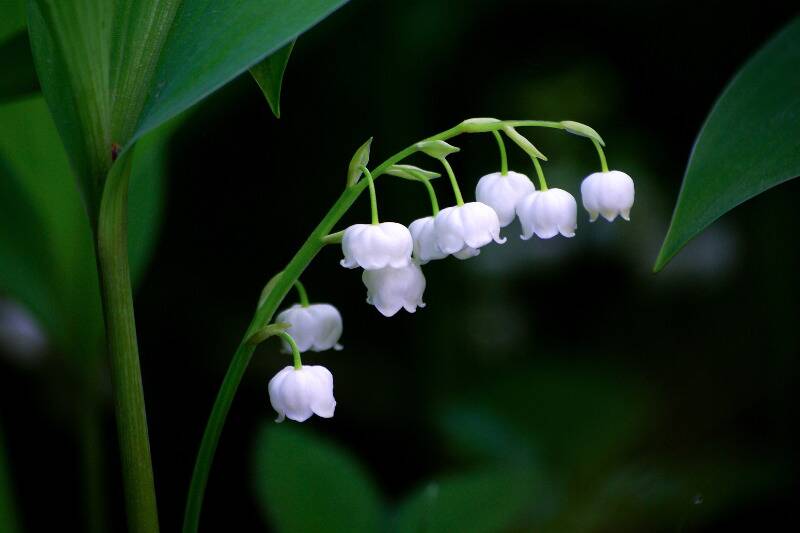
Lily of the Valley might look innocent with its delicate white blooms, but its beauty masks a serious danger. This plant can trigger severe heart problems and even seizures in pets—and it’s toxic to humans too.
To protect both your furry companions and family members, it’s safest to leave Lily of the Valley out of your garden.
Lilies
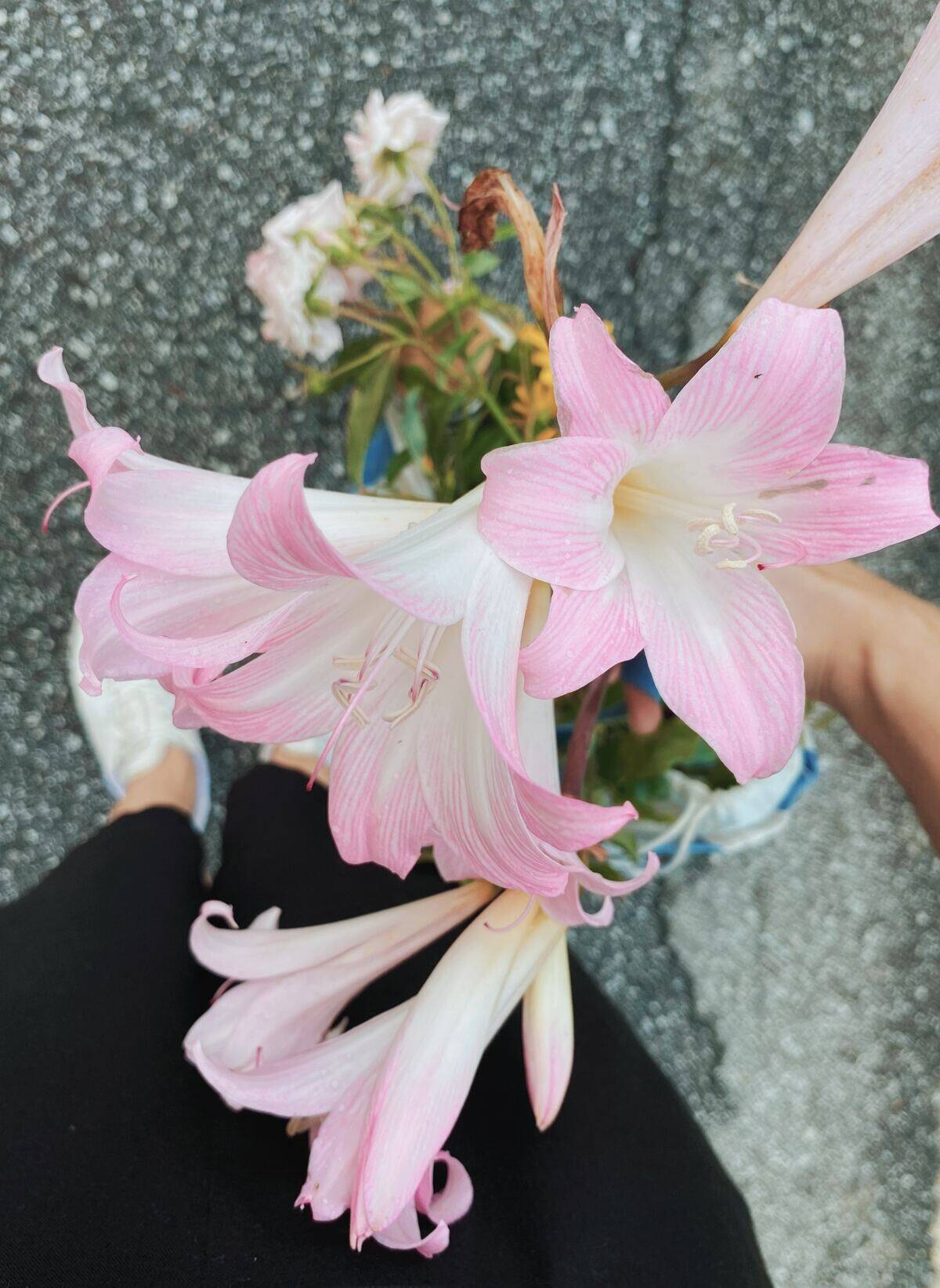
Not all lilies are safe around pets! While certain types are harmless, varieties like Easter, Day, Asiatic, and Tiger lilies are extremely toxic and can cause severe damage. If your pet eats any part of these lilies, immediate veterinary attention is crucial.
Lily poisoning is especially dangerous because it can result in kidney failure, so it’s important to keep these flowers well out of reach.
Peace Lily
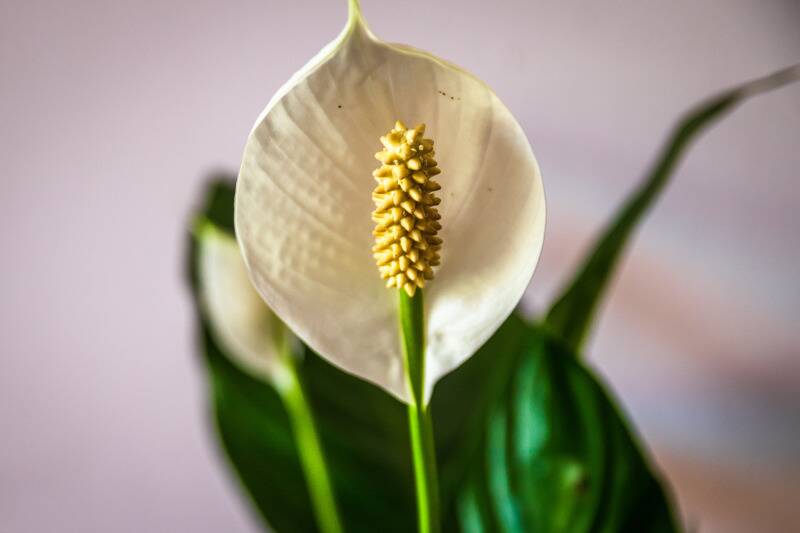
Despite its calming name, the Peace Lily can actually cause discomfort for pets. This popular houseplant contains substances that may lead to mouth irritation, difficulty swallowing, and digestive upset if your animals nibble on it.
To ensure your pets stay safe and you have peace of mind, it’s best to keep Peace Lilies well out of their reach.
Iris
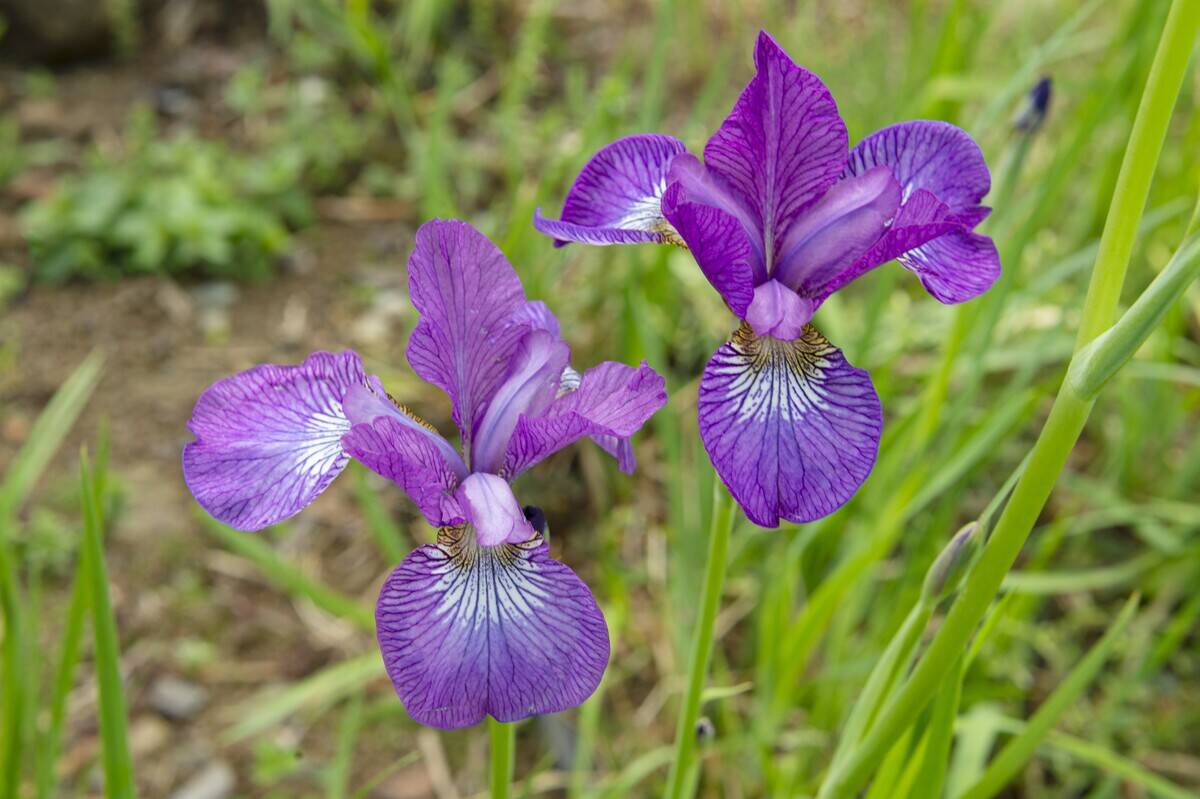
Iris plants contain compounds that can be harmful to dogs if eaten. The toxin involved, called irisin, may trigger various symptoms when a dog ingests any part of the plant.
Common signs include stomach problems like vomiting, diarrhea, and abdominal pain. In more serious cases—or if a large quantity is consumed—it can cause dehydration, weakness, and potentially even liver damage.
Chrysanthemum

When planning pet-friendly areas, it’s important to be cautious with chrysanthemums. While beautiful, these flowers contain substances that can cause upset stomachs, excessive drooling, and skin irritation—especially in cats—if ingested.
Though chrysanthemums are popular in gardens, choosing pet-safe plants is a wiser option to avoid any health risks for your furry companions.
Aloe Vera
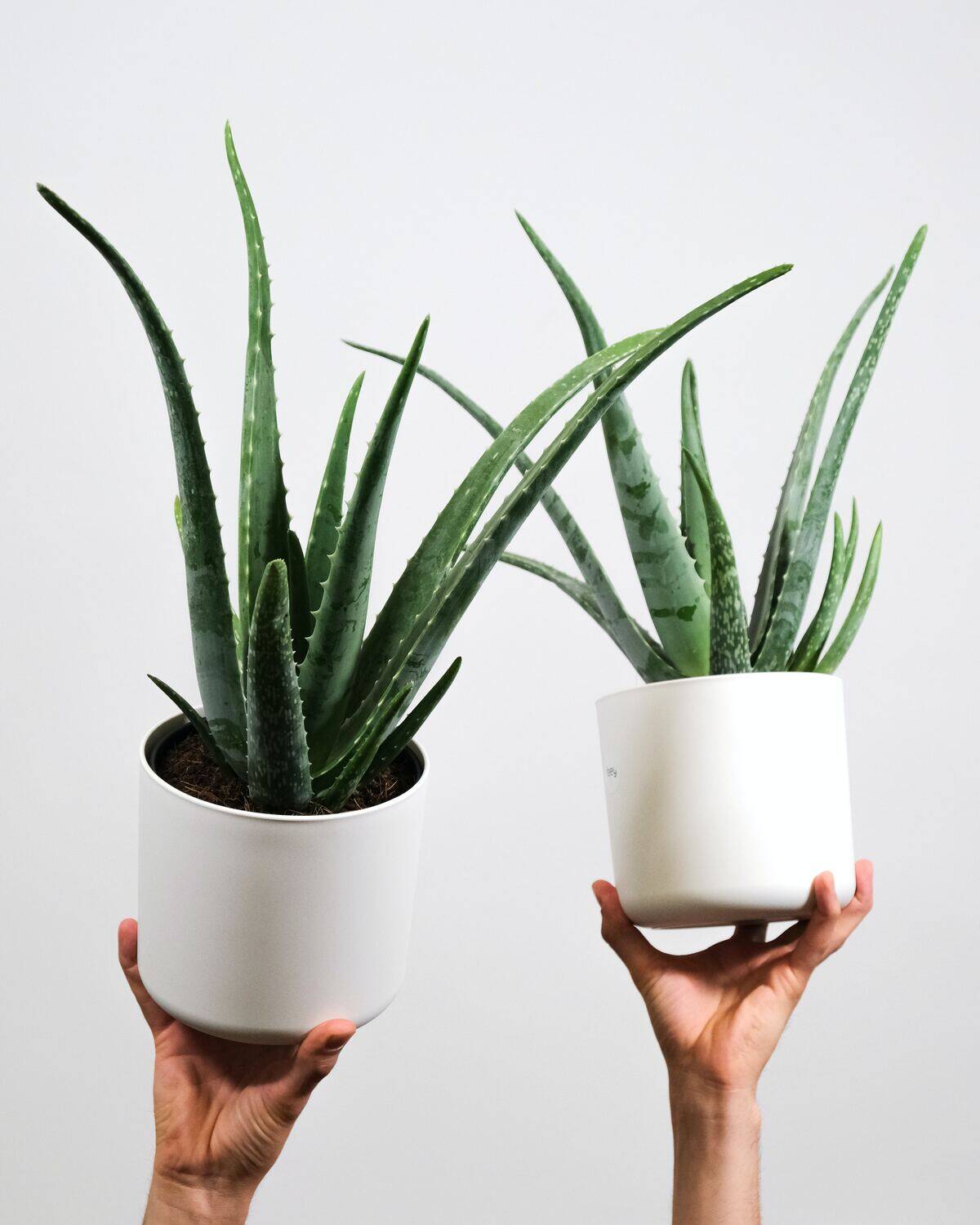
Aloe Vera is famous for its soothing and healing properties, but it can be surprisingly harmful to pets. If ingested, this popular succulent may trigger symptoms like vomiting, diarrhea, muscle tremors, and even changes in the color of their urine.
To protect your furry friends, it’s best to keep Aloe Vera out of their reach. And when using it yourself, apply it carefully—your sunburn will benefit, even if your pets can’t!
Hyacinth
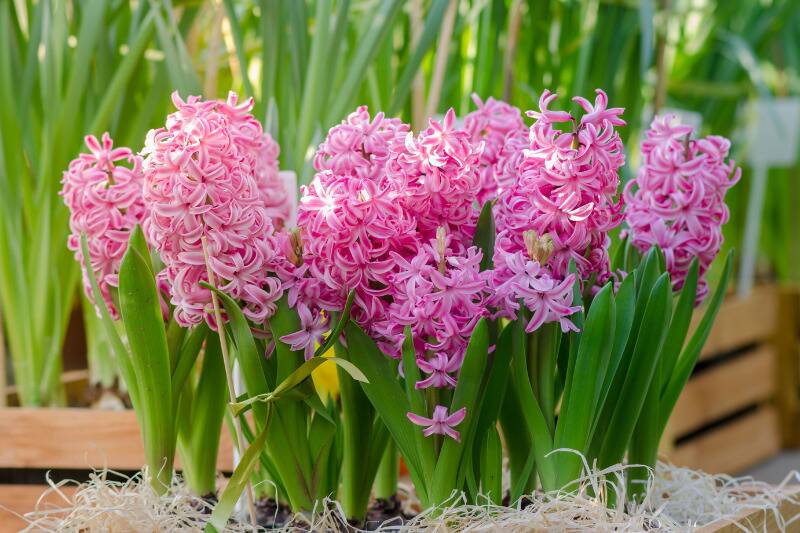
Hyacinths are admired for their bright colors and lovely fragrance, but they can pose a serious risk to pets. Their bulbs contain toxins that, if swallowed, may lead to intense vomiting, diarrhea, and muscle tremors. Even the strong scent of these flowers can sometimes affect your furry friends.
For your pets’ safety, it’s wise to avoid planting hyacinths in places they can reach.
Autumn Crocus

With its vibrant hues and delicate blooms, the autumn crocus is undeniably eye-catching—but it harbors a serious danger. This plant contains a toxic alkaloid that can cause severe poisoning and even organ failure if consumed by pets.
As beautiful as it may be, it’s essential to keep autumn crocus far from any areas your pets frequent to protect their well-being.
Amaryllis
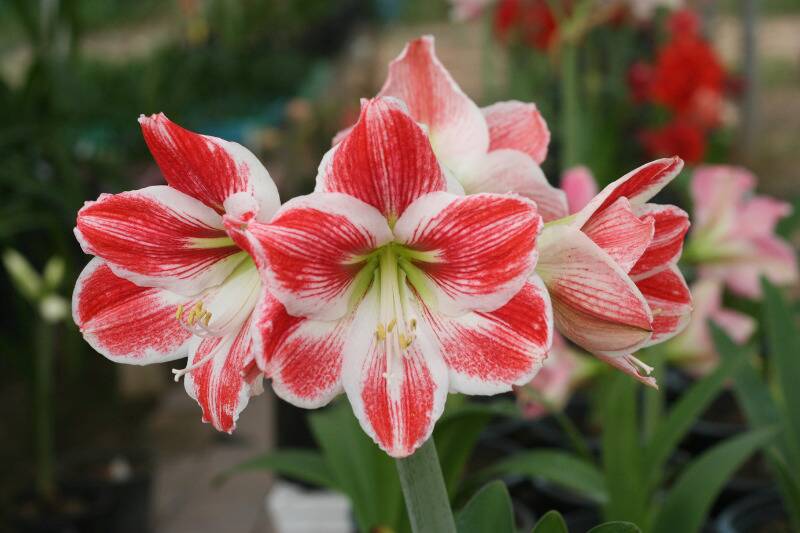
Though its striking flowers make the amaryllis a popular choice, this plant can be hazardous to pets. Every part of it contains toxins that, if ingested, may cause serious symptoms like vomiting, lethargy, tremors, and potentially more severe health issues.
To keep your pets safe, it’s wise to leave amaryllis out of any spaces they can access.
Cherry Laurel
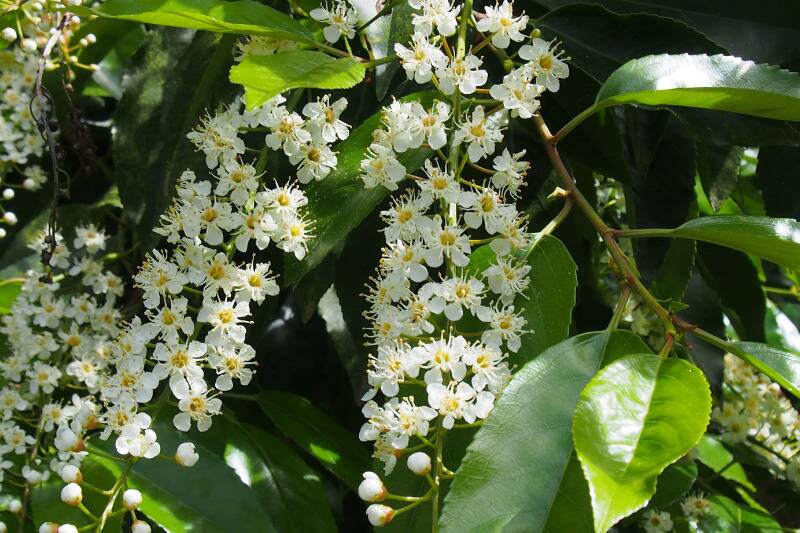
Cherry Laurel, admired for its rich greenery and bright berries, hides a serious risk for pets. The plant’s leaves and berries contain cyanide, which can trigger dangerous symptoms if consumed by animals.
For the safety of your four-legged companions, it’s best to keep Cherry Laurel out of their environment entirely.
Caladium

The striking Caladium can bring vibrant color to your garden, but it’s crucial to keep it out of reach of pets. This plant contains toxins that can cause severe oral irritation, vomiting, and stomach discomfort if eaten by animals.
For the safety of your pets, it’s wise to exclude Caladium from their surroundings.
Azalea
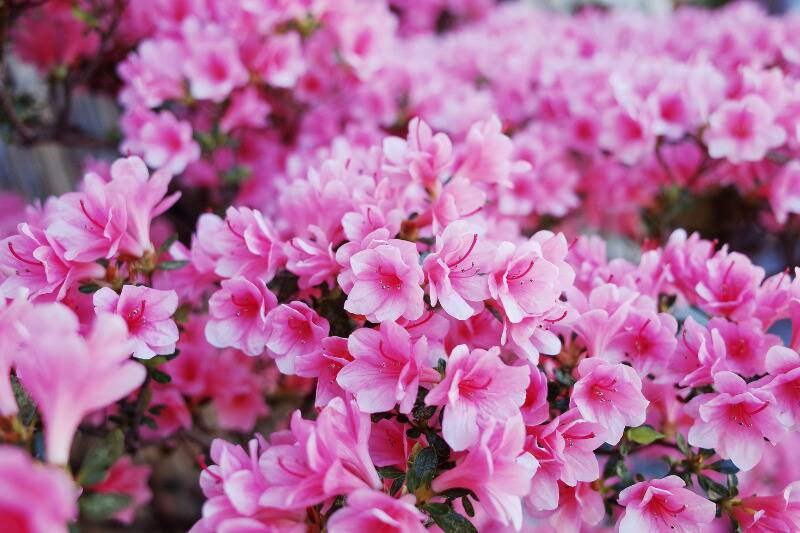
Avoid the tempting beauty of Azaleas when planning a pet-safe garden. Though their vivid blossoms and lush foliage make them garden favorites, these stunning shrubs hide a toxic secret. Ingesting any part of an Azalea can seriously impact a pet’s cardiovascular, muscular, and nervous systems.
Their captivating looks may draw you in, but for the sake of your furry friends, it’s best to admire Azaleas from afar and opt for safer plant alternatives.
Oleander
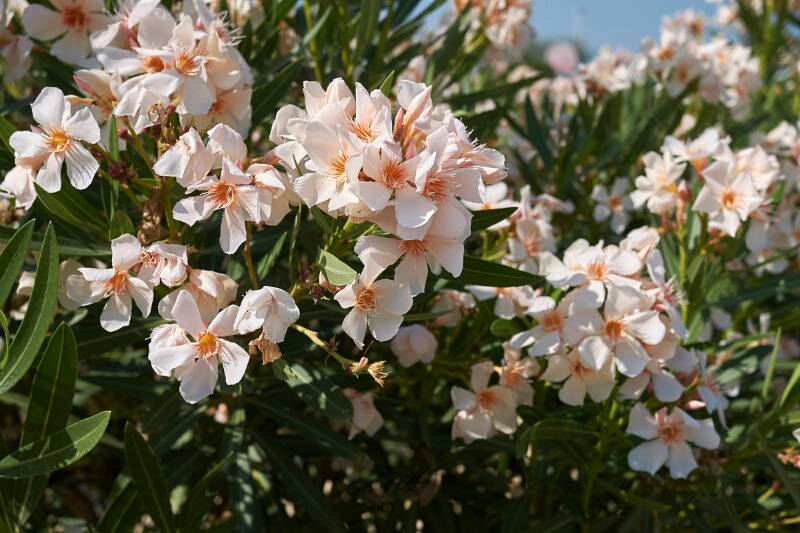
Be mindful when thinking about adding Oleander to a pet-friendly garden. Though its vibrant, showy blooms can brighten any landscape, every part of this plant is highly toxic to animals. Even a small amount can have severe, potentially fatal effects on your pet’s heart and nervous system.
Its striking beauty might catch your eye, but Oleander is best admired from afar if your goal is to keep your garden a safe haven for your four-legged family members.
Diffenbachia (Or Dumb Cane)
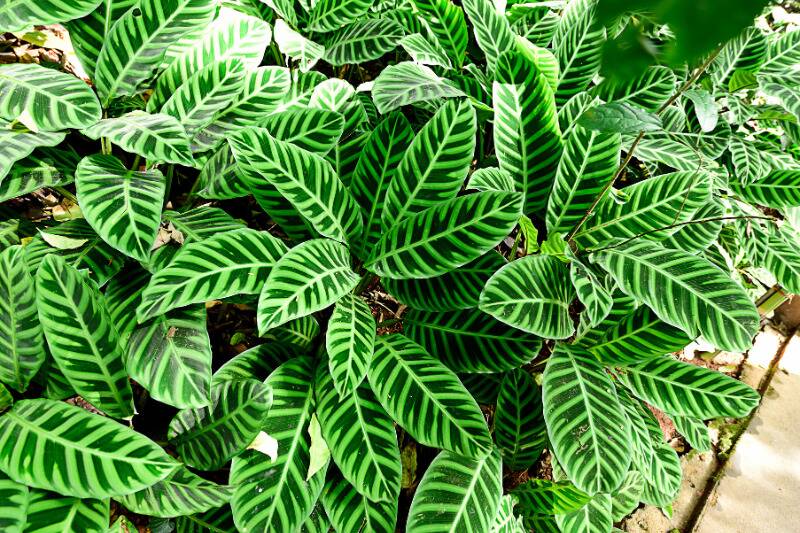
Dieffenbachia, often called “dumb cane,” is a favorite among houseplant enthusiasts thanks to its ability to thrive in low light. However, despite its lush, tropical appearance, this plant poses a serious risk to pets. Its leaves are packed with oxalate crystals that can cause severe oral irritation, swelling in the mouth and throat, and significant discomfort if ingested.
If you’re aiming for a pet-safe home or garden, it may be wise to part ways with your dumb cane—your furry companions will thank you.
Daffodils
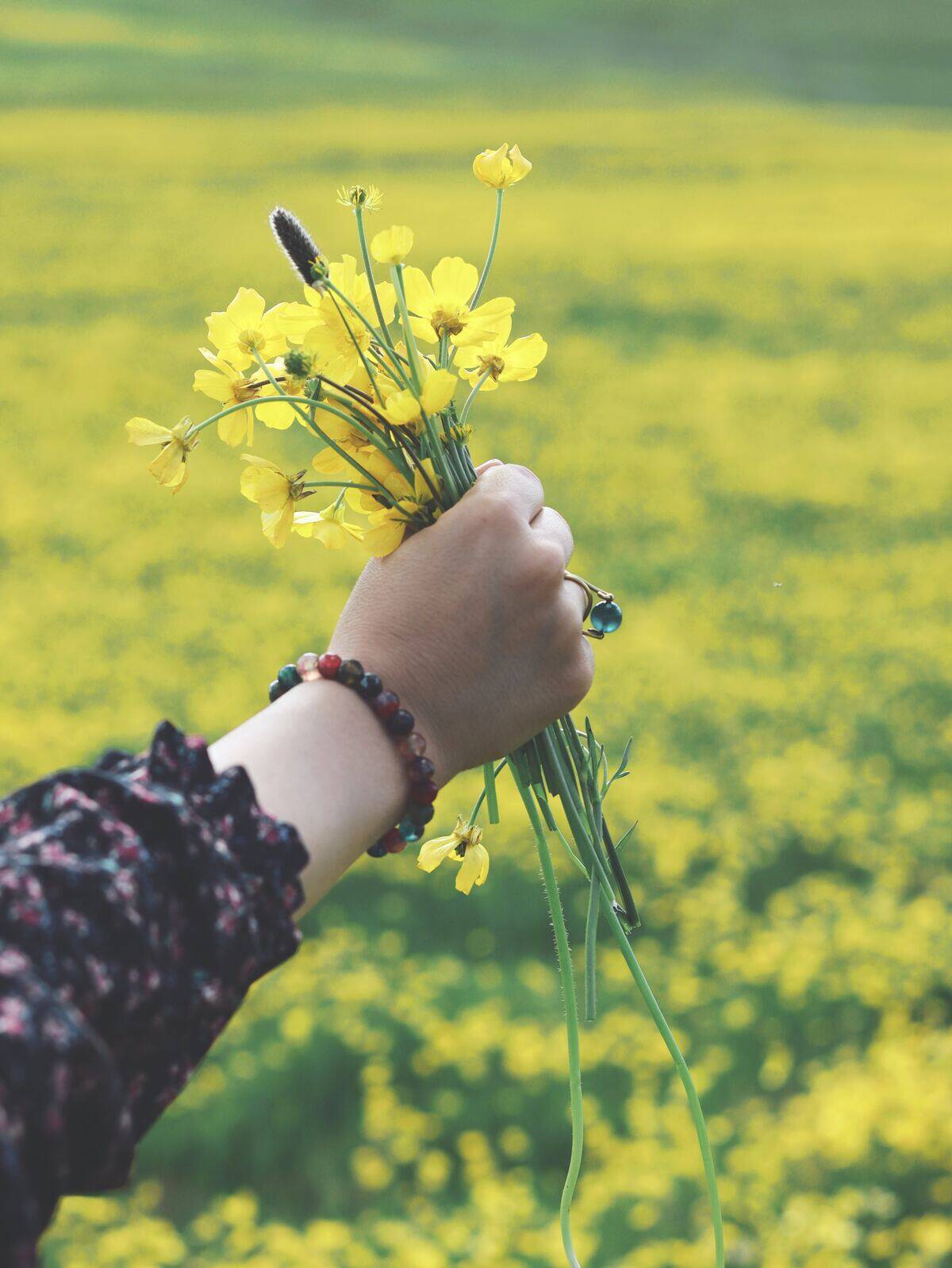
It’s hard to believe that such lovely common flowers like daffodils can be dangerous to your pets, but it’s true! These vibrant and joyful flowers, often associated with the arrival of spring, hide a perilous secret. The bulbs of daffodils contain toxins that can induce severe vomiting, diarrhea, and even convulsions in our beloved pets.
Ensure their safety by refraining from planting daffodils in your garden!
Ivy
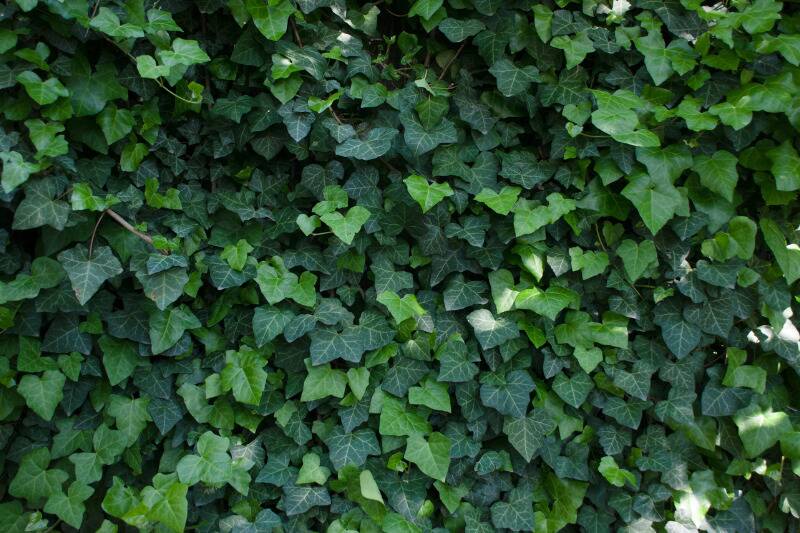
This leafy climber, with its cascading tendrils and lush foliage, might seem like a picturesque addition to your garden. However, it’s important to be aware that ivy can cause gastrointestinal distress in pets, leading to uncomfortable symptoms such as vomiting and abdominal pain.
To ensure the well-being of your beloved companions, it’s best to steer clear of ivy and opt for pet-safe alternatives in your garden.
Sago Palm

This striking plant, with its symmetrical fronds and tropical allure, harbors a hidden danger. Every part of the sago palm contains toxins that can lead to severe liver failure in pets if ingested.
As much as we appreciate its beauty, it’s crucial to prioritize the safety of our beloved companions and avoid planting sago palms in pet-friendly spaces.
Tulips
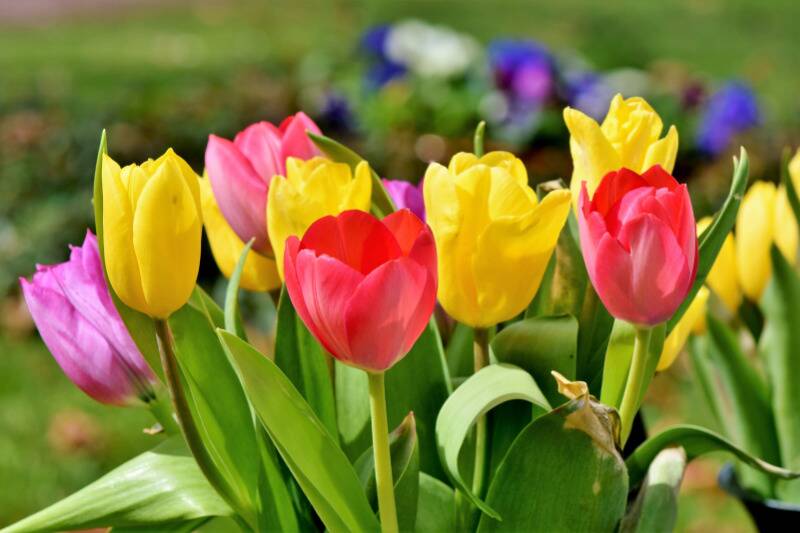
These iconic bulbs, celebrated for their enchanting blossoms, hold a hidden peril. If consumed, they can cause significant gastrointestinal irritation and even pose potential cardiac problems for our beloved pets.
Tulips are a part of the lily family, and like their cousins, every part of the tulip, especially the bulbs, is dangerous for your pets.
Cyclamen
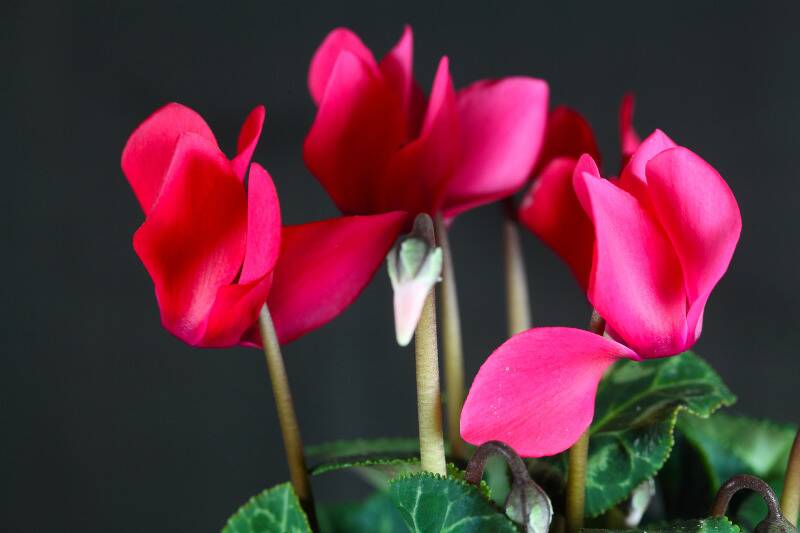
Beware of the captivating yet hazardous Cyclamen plant in the vicinity of your furry companions. Its vibrant flowers and heart-shaped leaves may attract attention, but lurking within this plant are tubers that can cause severe vomiting and, in extreme cases, be fatal to pets.
To ensure the safety of your four-legged friends, it’s best to keep Cyclamen out of their reach.
Castor Beans
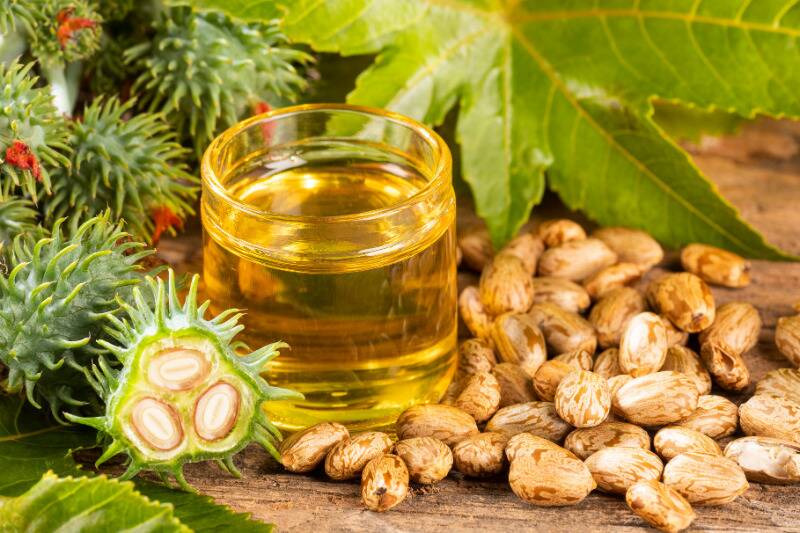
When it comes to castor beans, it’s important to prioritize pet safety. The seeds of this plant contain ricin, a highly toxic protein that can have devastating effects on pets if ingested. Even a small amount can lead to severe illness or even be fatal.
Prevent any risk by refraining from planting castor beans in your pet-friendly surroundings.
Yew

While the yew may appear majestic with its dark green foliage, it harbors a significant threat to pets. All parts of the yew plant, including the berries, contain toxic compounds that can cause sudden death if consumed — for pets and for people.
It’s vital to be cautious and avoid having yew plants in areas accessible to your furry companions.
Philodendron
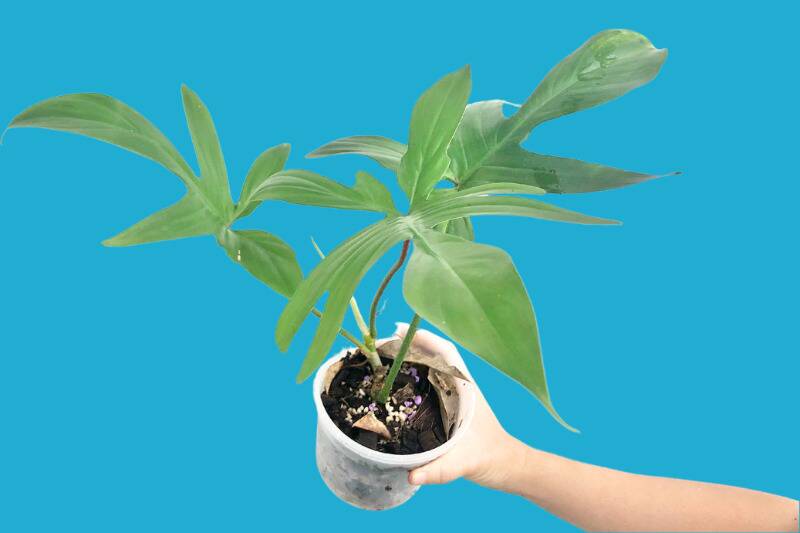
Beware of the charming yet hazardous Philodendron plant when it comes to our furry friends. This popular houseplant, with its attractive heart-shaped leaves, contains calcium oxalate crystals that can cause intense oral irritation and swelling if ingested by pets.
To ensure the safety of your beloved companions, it’s best to keep Philodendron out of their reach.
Baby’s Breath

Although often used as a delicate and decorative filler in floral arrangements, baby’s breath can pose risks to our furry companions. Ingesting this plant may cause vomiting, diarrhea, and abdominal pain in pets. These are also part of the lily family!
To keep your pets safe, it’s advisable to avoid including baby’s breath in their surroundings.
Rubber Plant
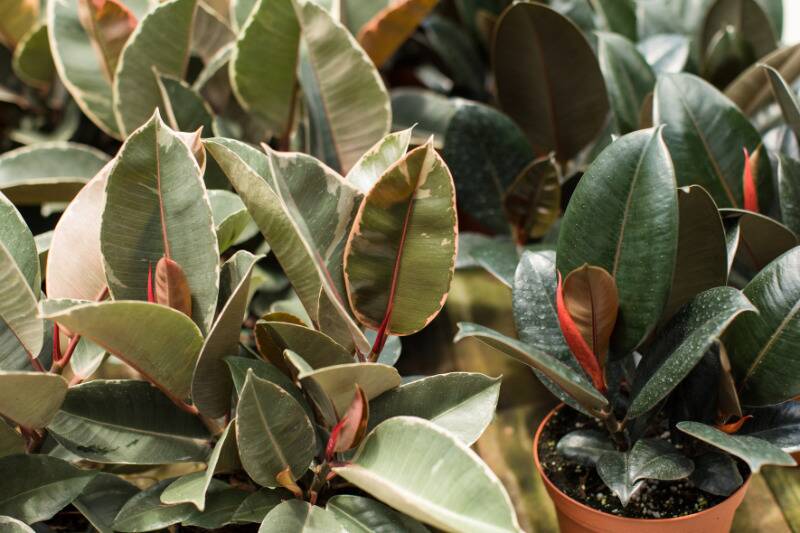
While the Rubber Plant may be known for its resilience and glossy leaves, it poses risks to our four-legged friends. If chewed or ingested, the sap of the rubber plant can cause gastrointestinal upset in pets.
To maintain a safe environment, it’s advisable to avoid having rubber plants accessible to your furry companions.
Pothos
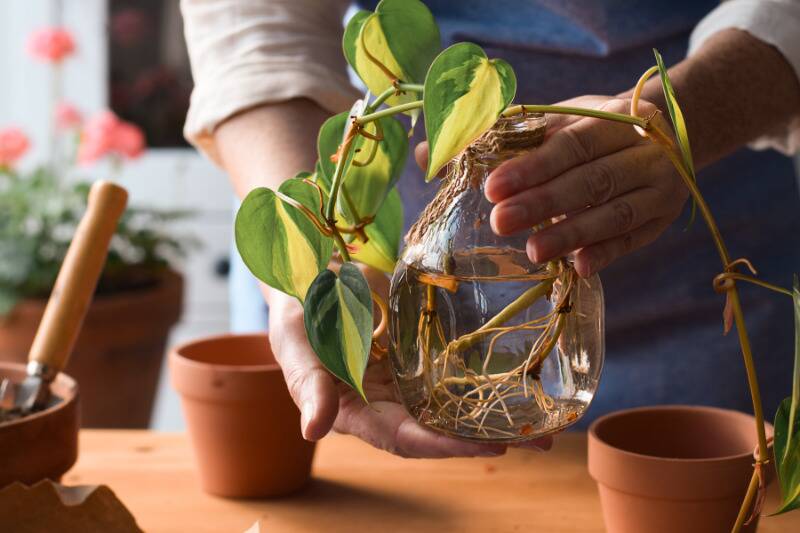
Beware of the attractive yet hazardous Pothos plant when it comes to your pets. This vining plant, with its heart-shaped leaves, contains substances that can cause oral irritation, vomiting, and difficulty swallowing in pets if ingested.
To protect your furry friends, it’s best to keep Pothos plants out of their reach.
English Holly
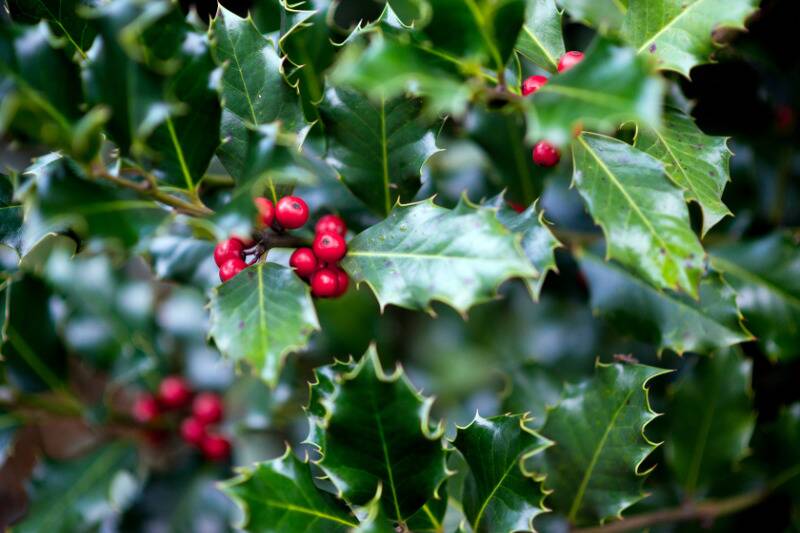
Decking the halls with English Holly may be a holiday tradition, but it’s essential to keep it away from pets. The berries of English Holly are toxic and can cause vomiting and diarrhea if consumed by pets.
To ensure a safe and festive atmosphere, opt for artificial holly or other pet-friendly decorations.
Morning Glory
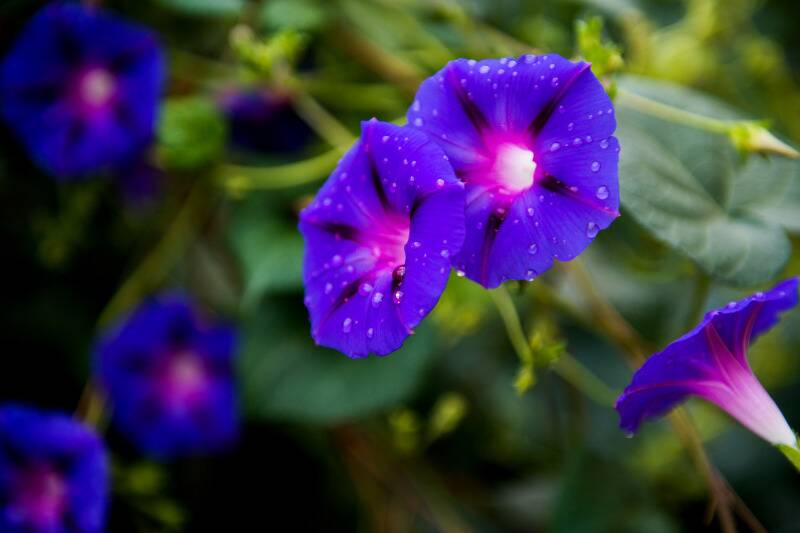
What’s the story? Despite its cheerful name and enchanting flowers, Morning Glory can present risks to pets. The seeds of Morning Glory contain substances that can cause hallucinations, gastrointestinal distress, and tremors if ingested by pets.
To maintain a safe environment, it’s best to keep Morning Glory plants away from your furry companions.
Tomato Plants

While tomatoes themselves are generally safe for pets, certain parts of the tomato plant can be problematic. The green parts of the tomato plant, including the leaves and stems, contain a toxic substance called solanine. If consumed in large quantities, it can lead to gastrointestinal upset in pets.
To be safe, it’s best to prevent pets from chewing on tomato plants.
Rhubarb
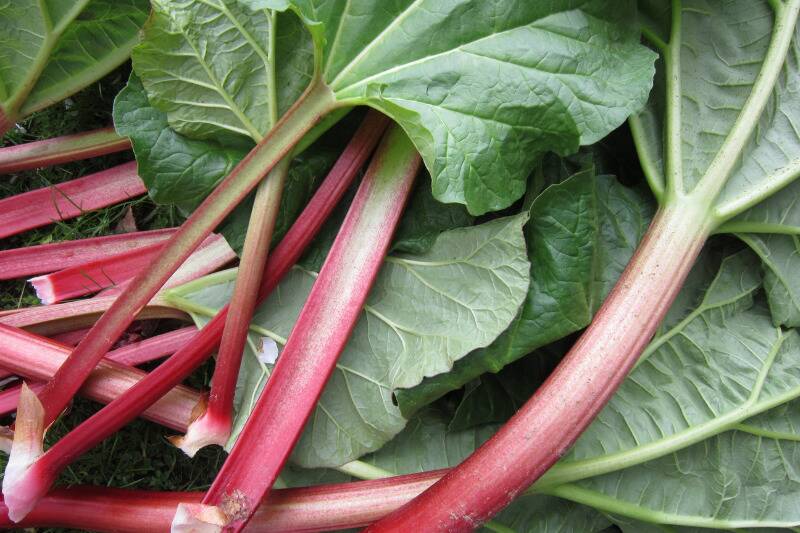
While rhubarb might be a popular ingredient in pies and desserts, it can be harmful to pets. The leaves of the rhubarb plant contain high levels of oxalic acid, which can cause gastrointestinal issues and even kidney damage if ingested by pets.
It’s best to keep rhubarb plants out of reach and prevent pets from accessing them.
Elephant Ear

The Elephant Ear plant contains calcium oxalate crystals, which are found in various parts of the plant, including the leaves, stems, and roots. These crystals can be toxic to dogs if ingested or if there is contact with the mouth or skin. When a dog chews on or bites into the Elephant Ear plant, the crystals are released and can cause a range of symptoms.
If a dog ingests parts of the Elephant Ear plant, it can lead to irritation and swelling of the mouth, tongue, and throat. This can result in drooling, difficulty swallowing, and discomfort.




